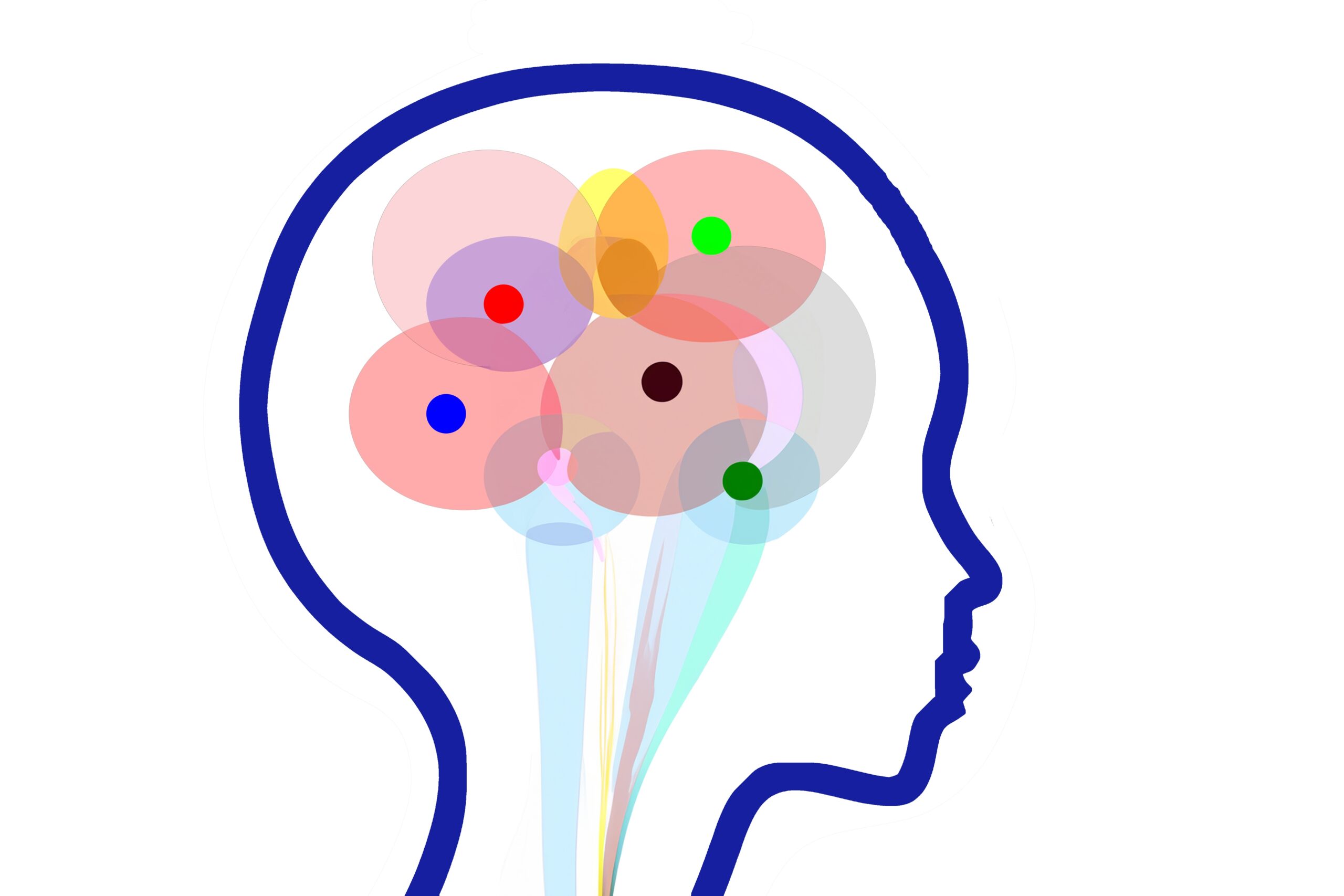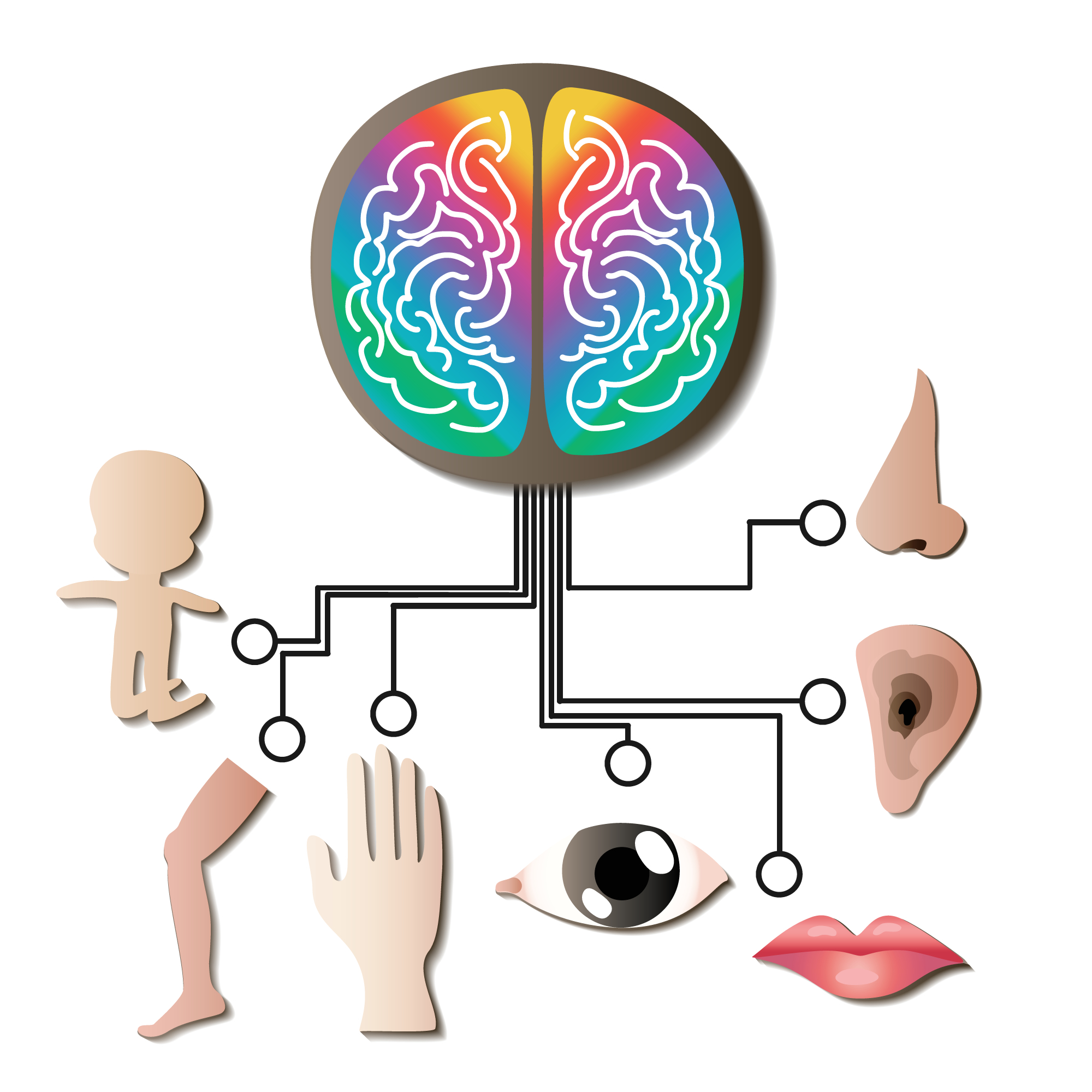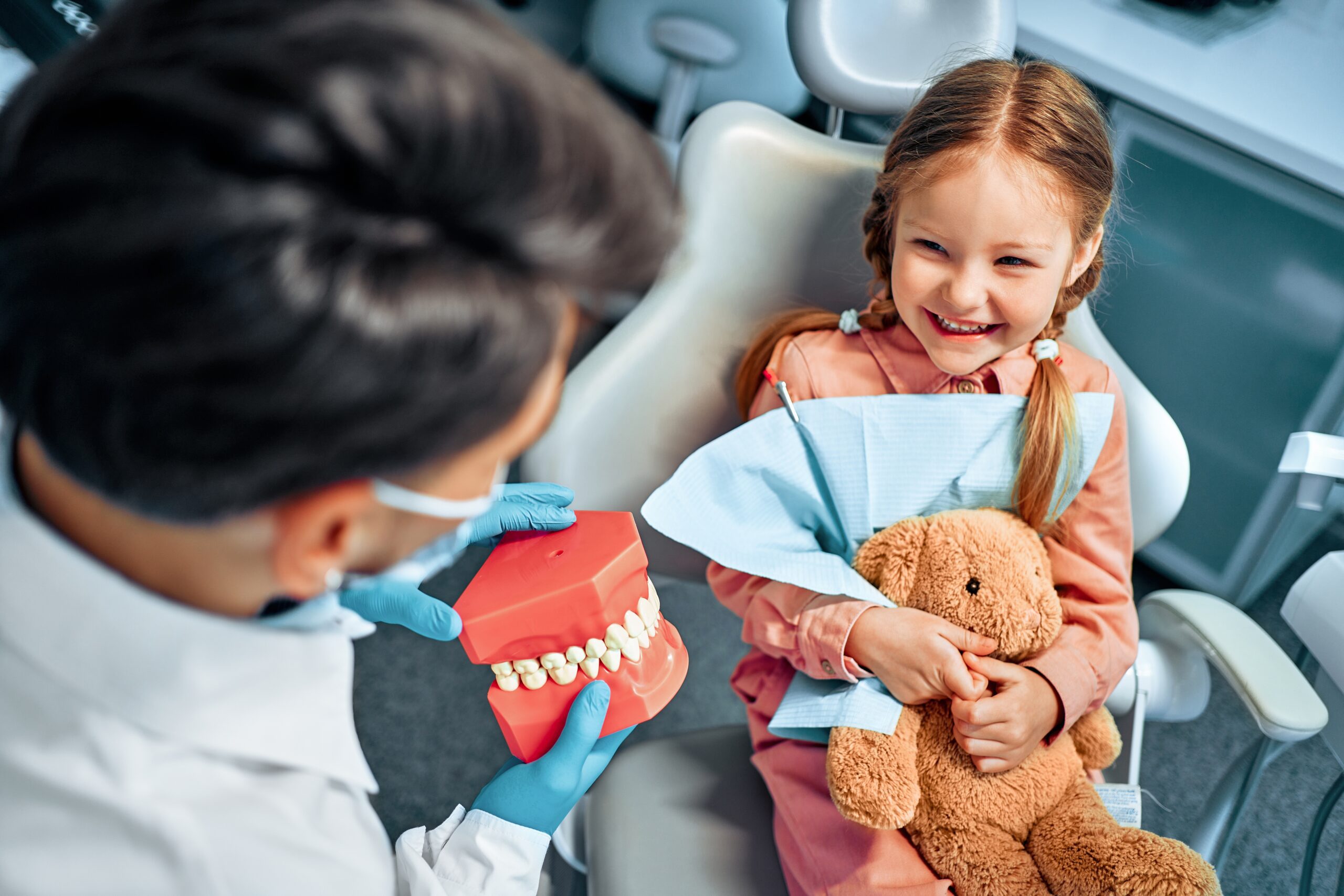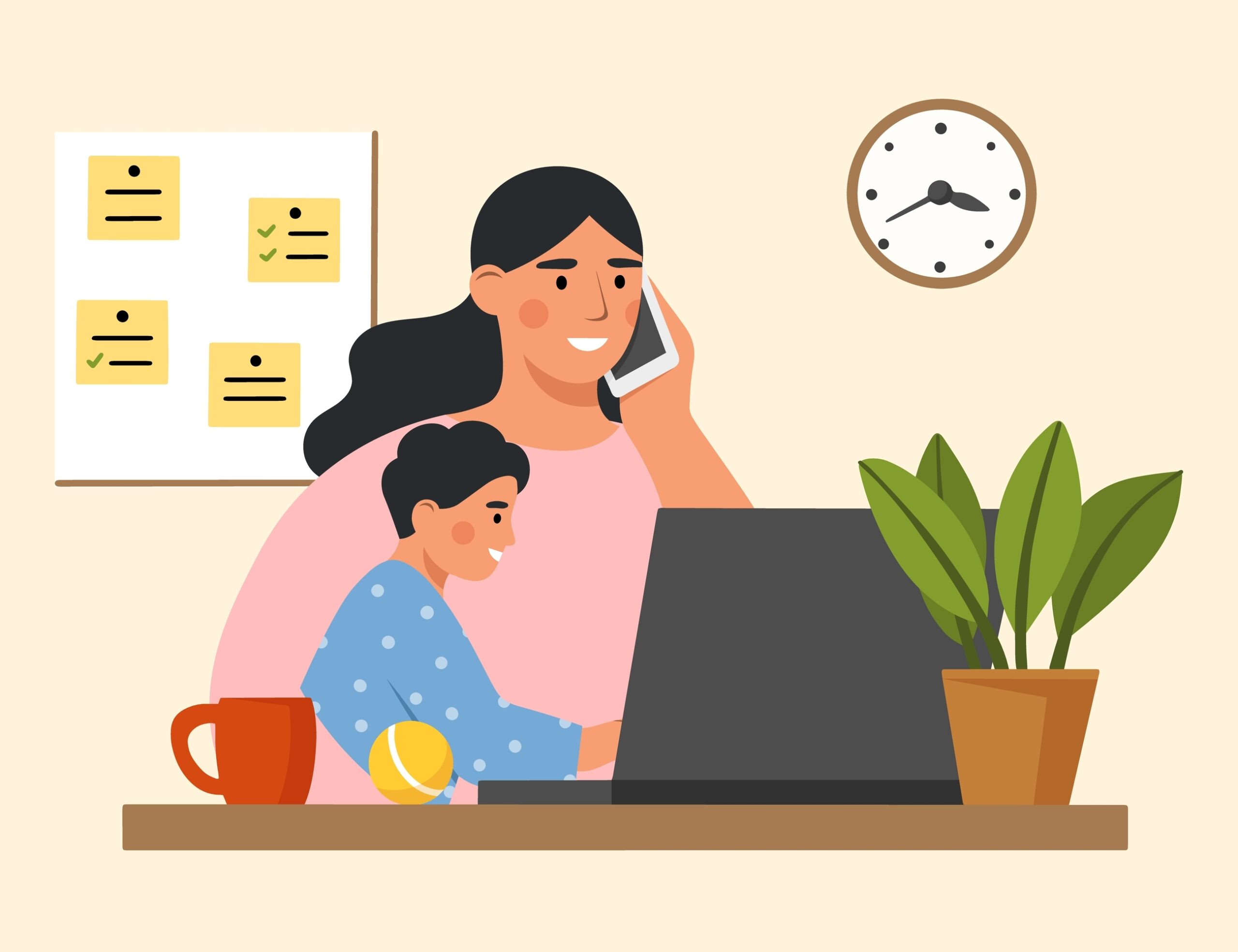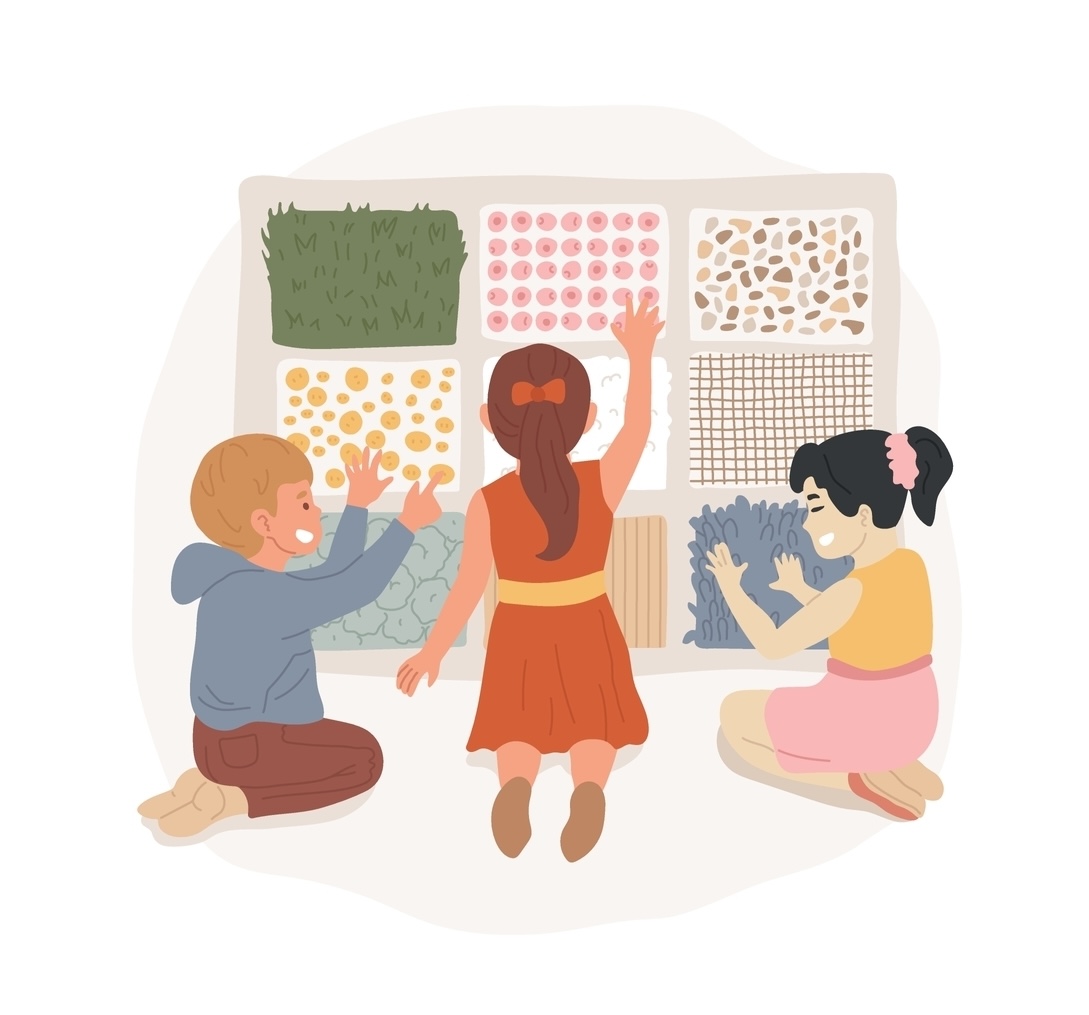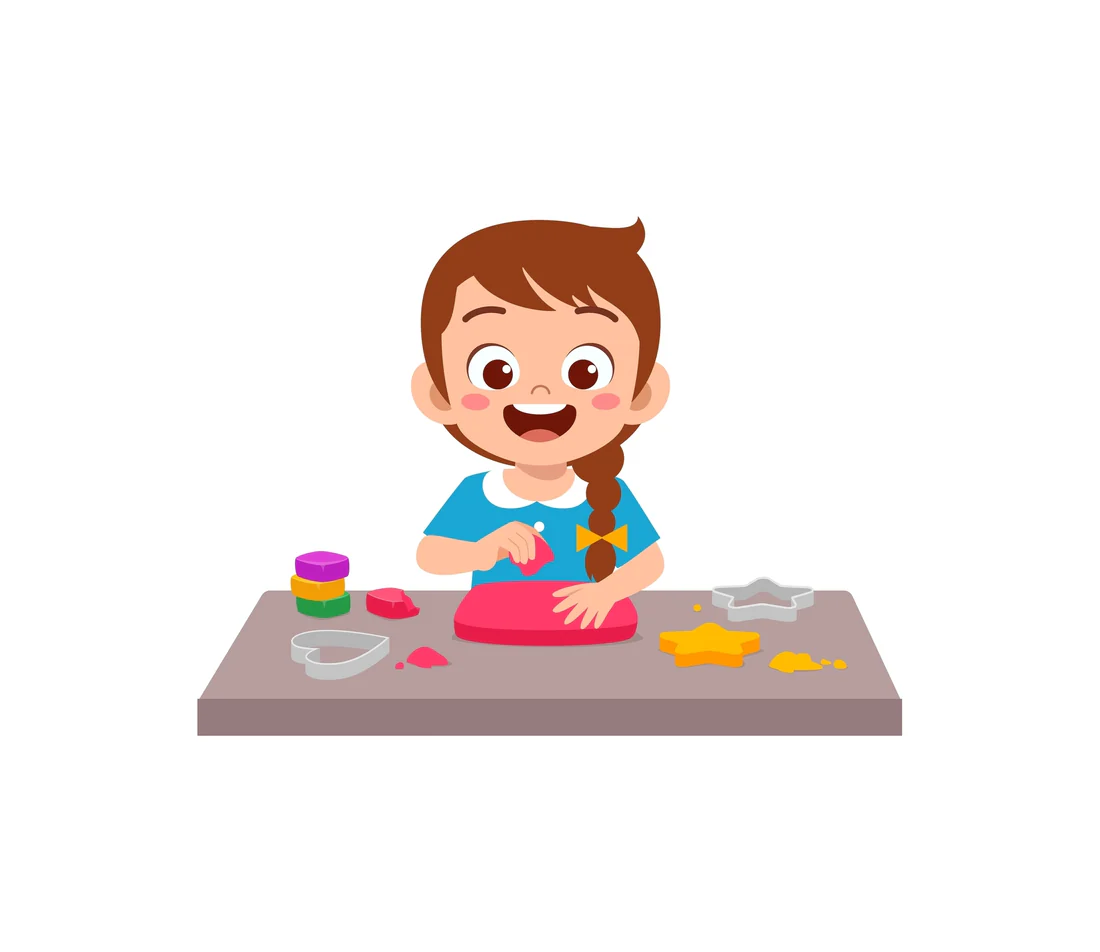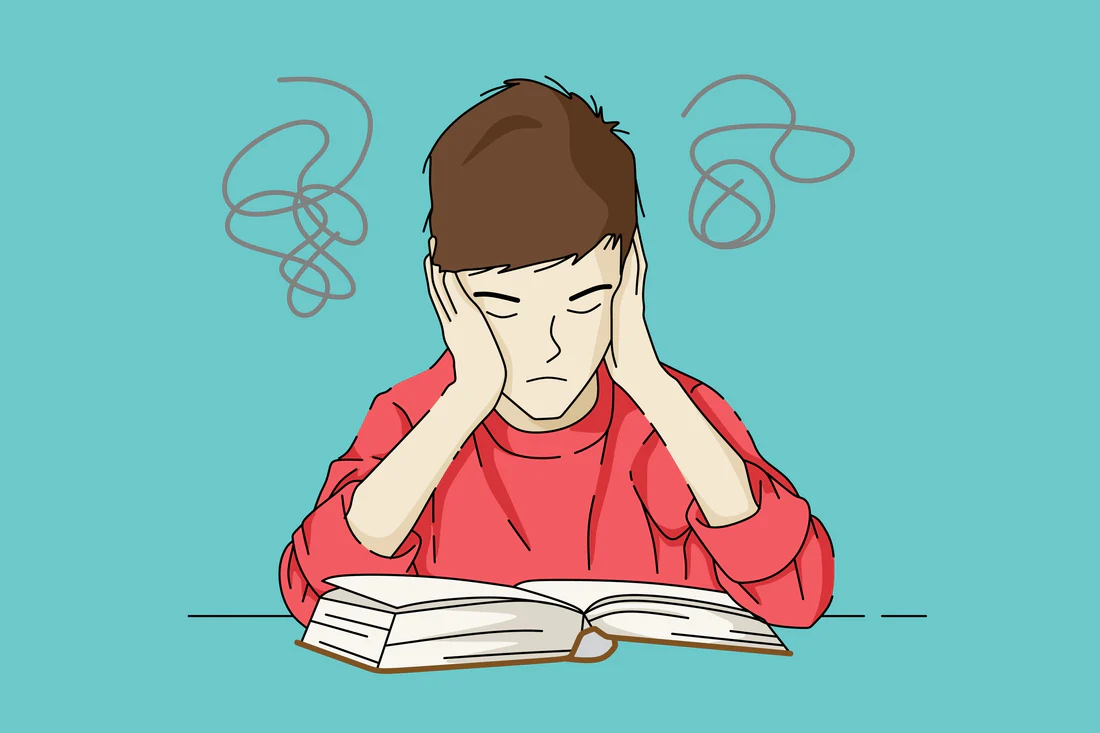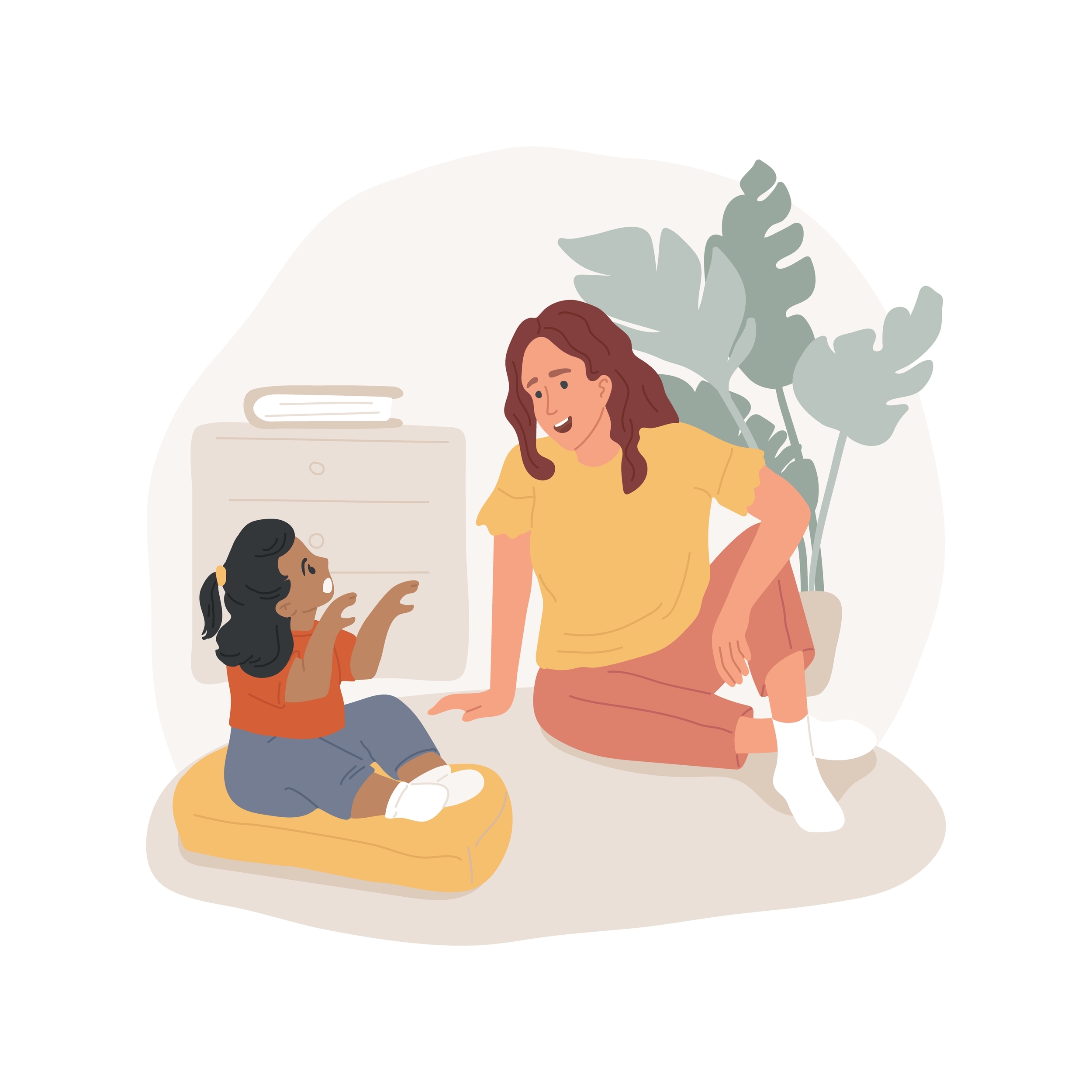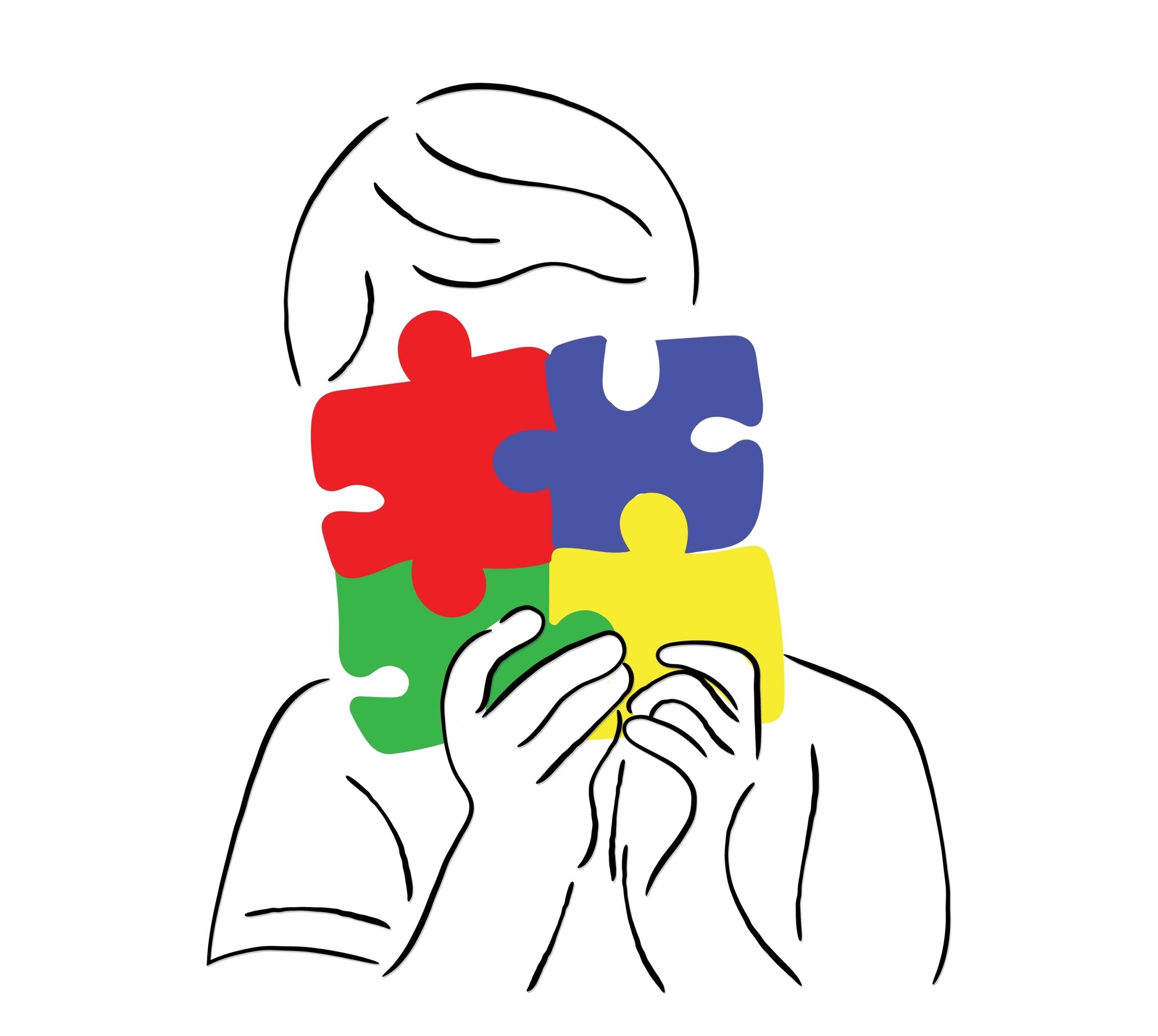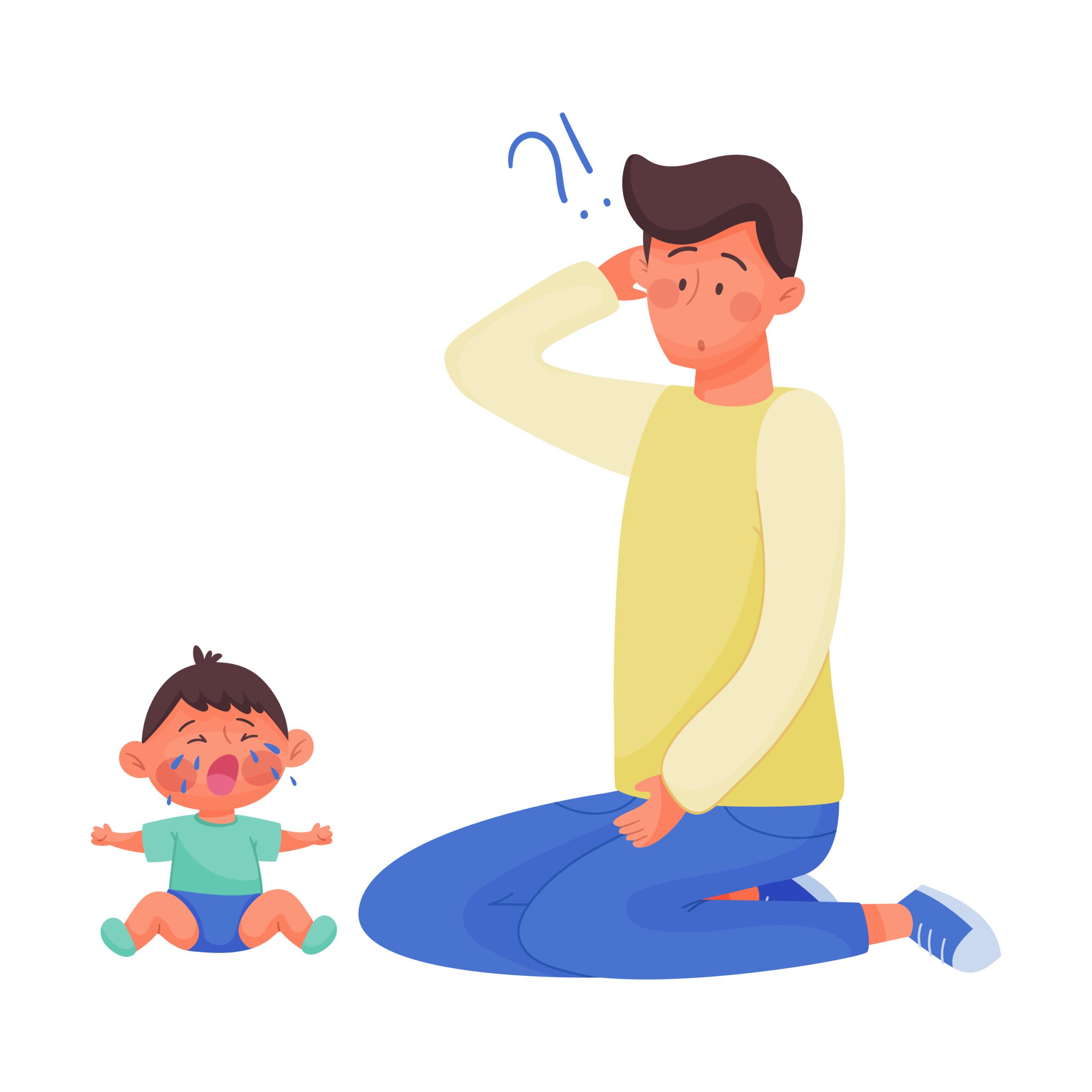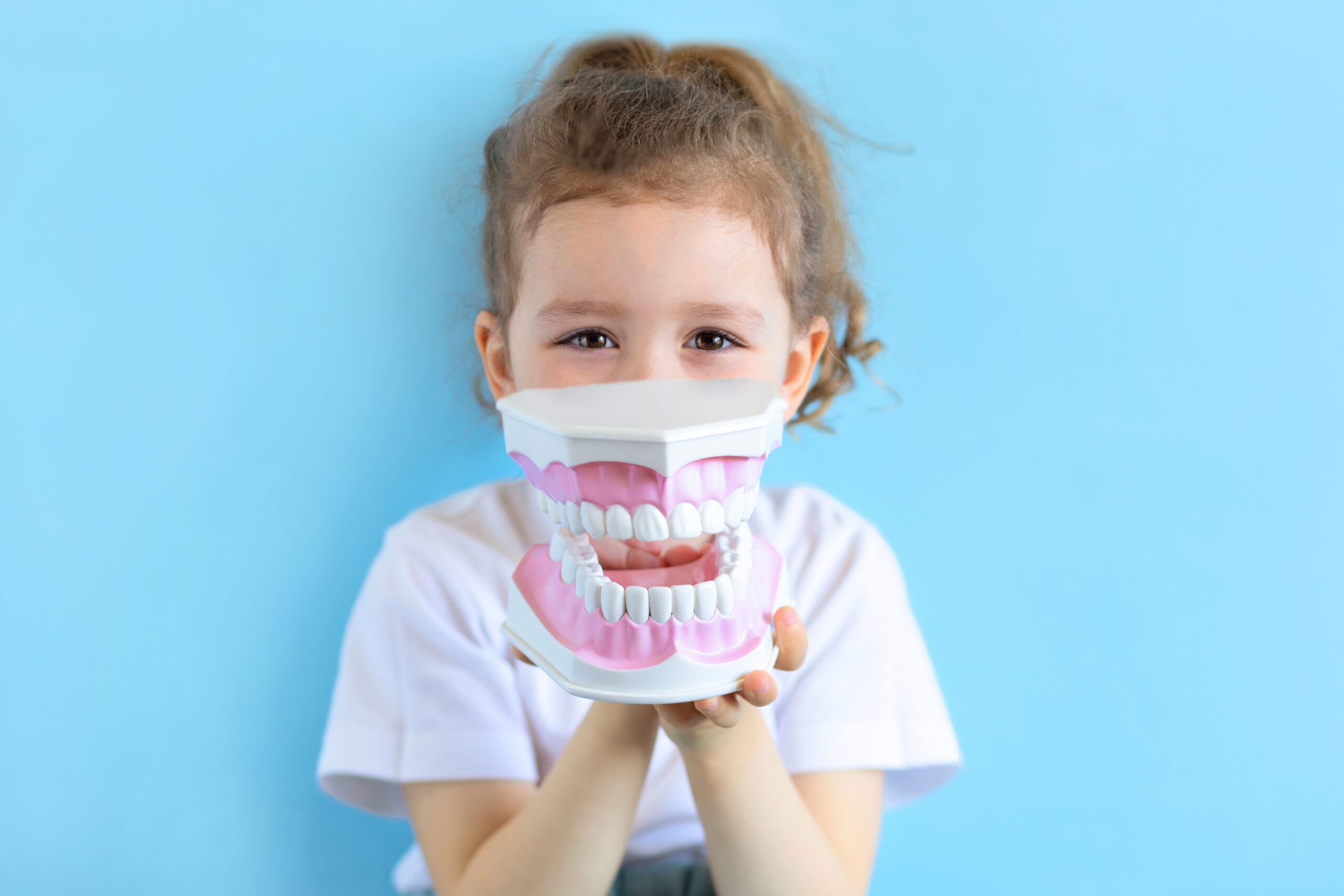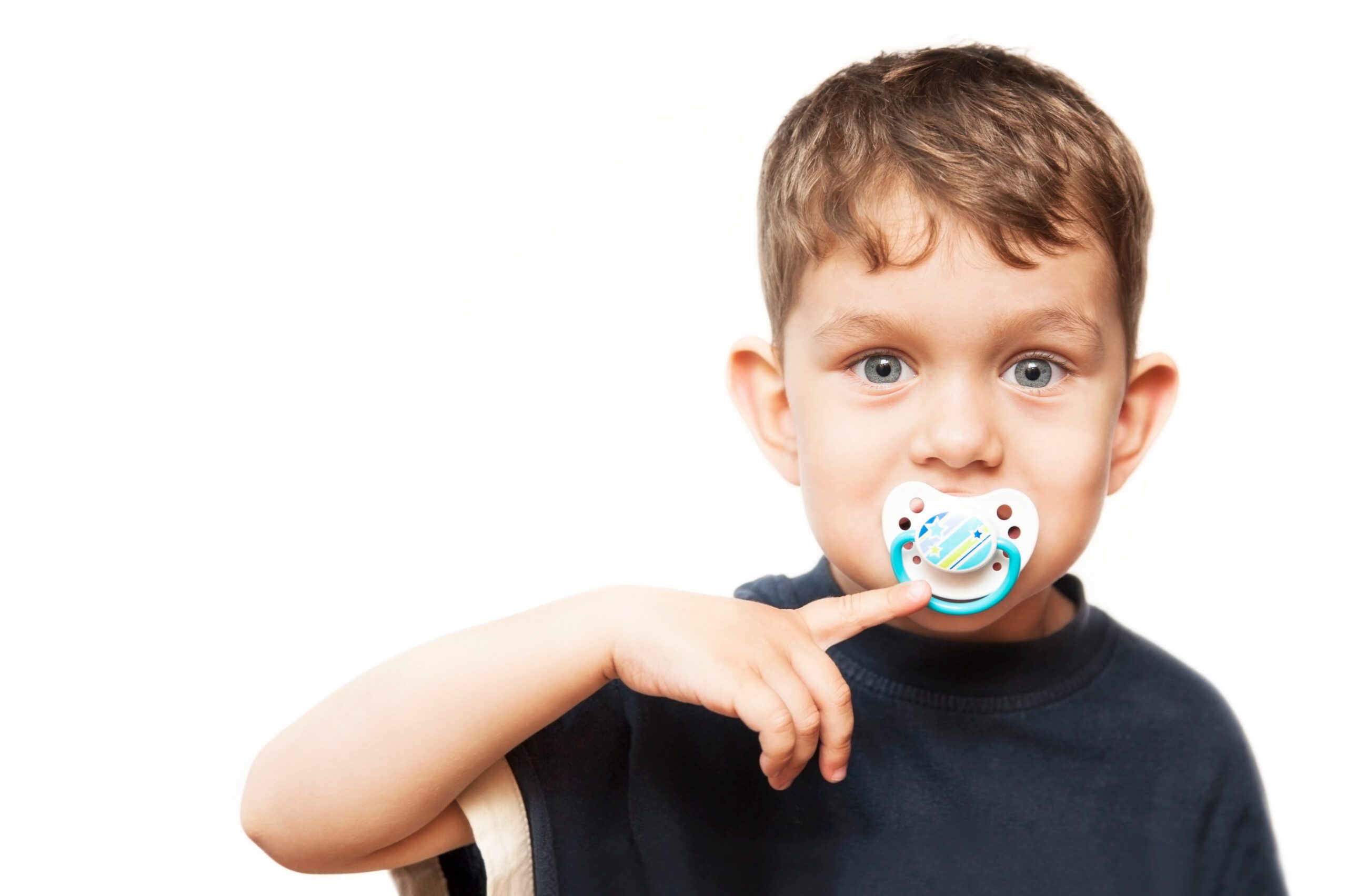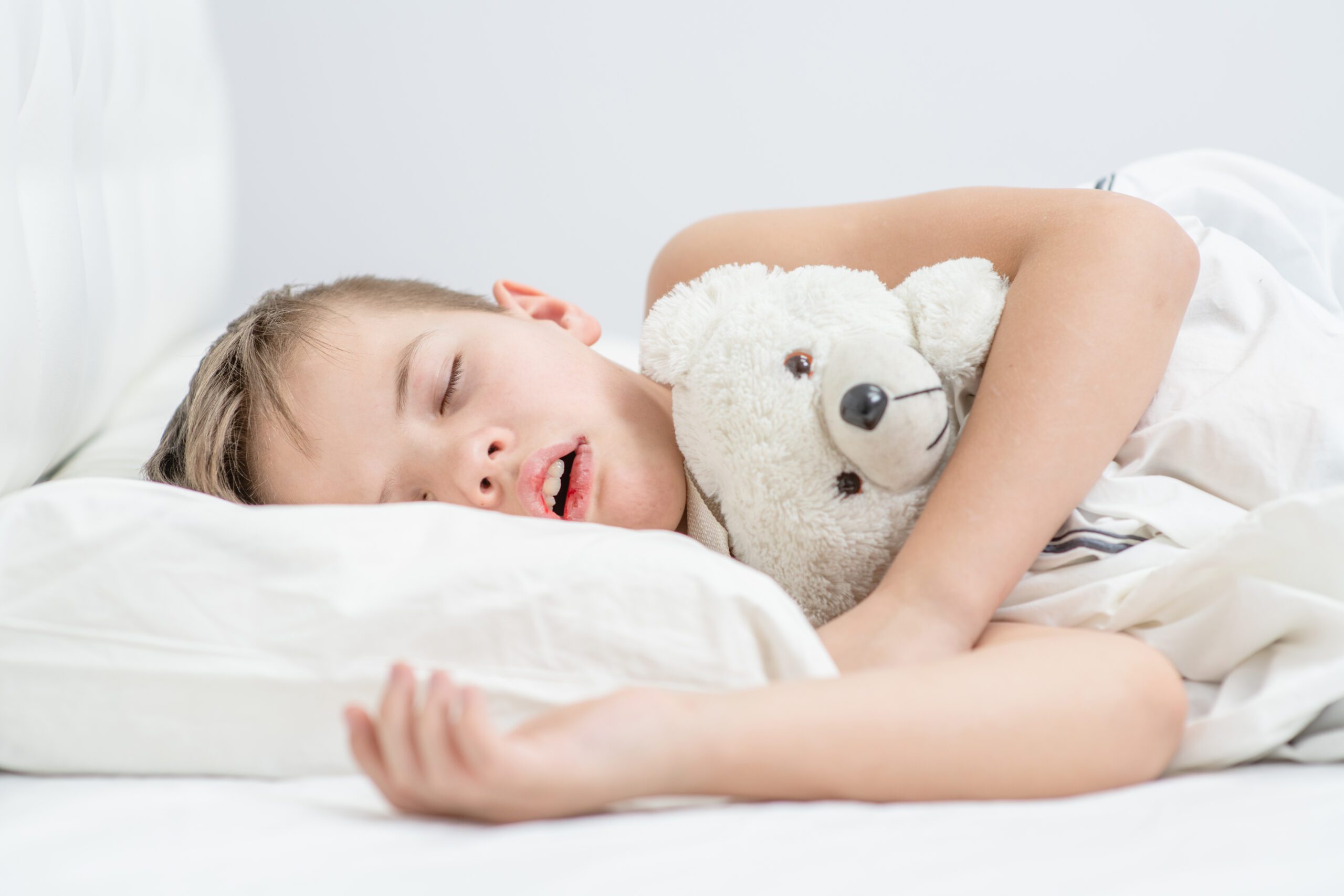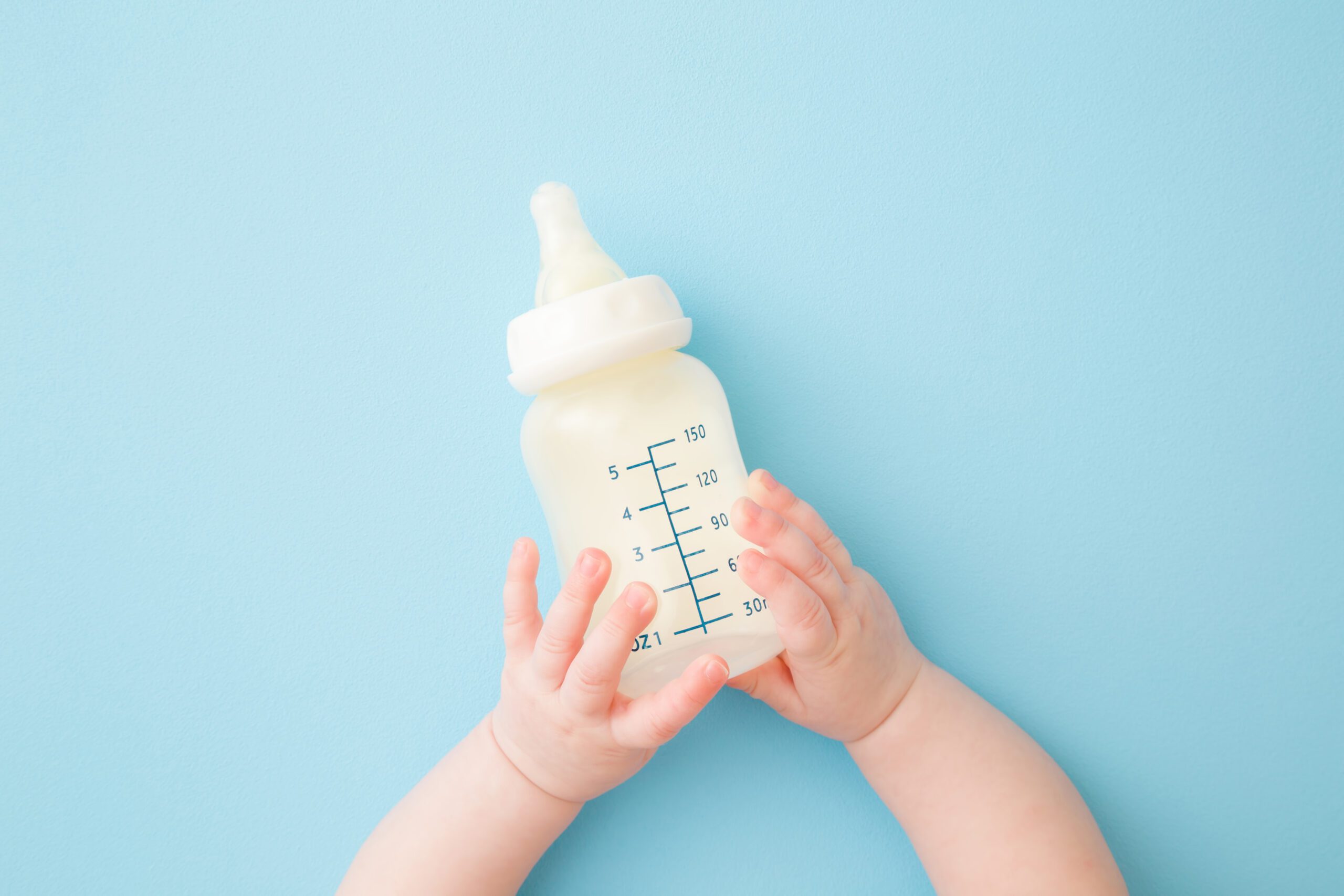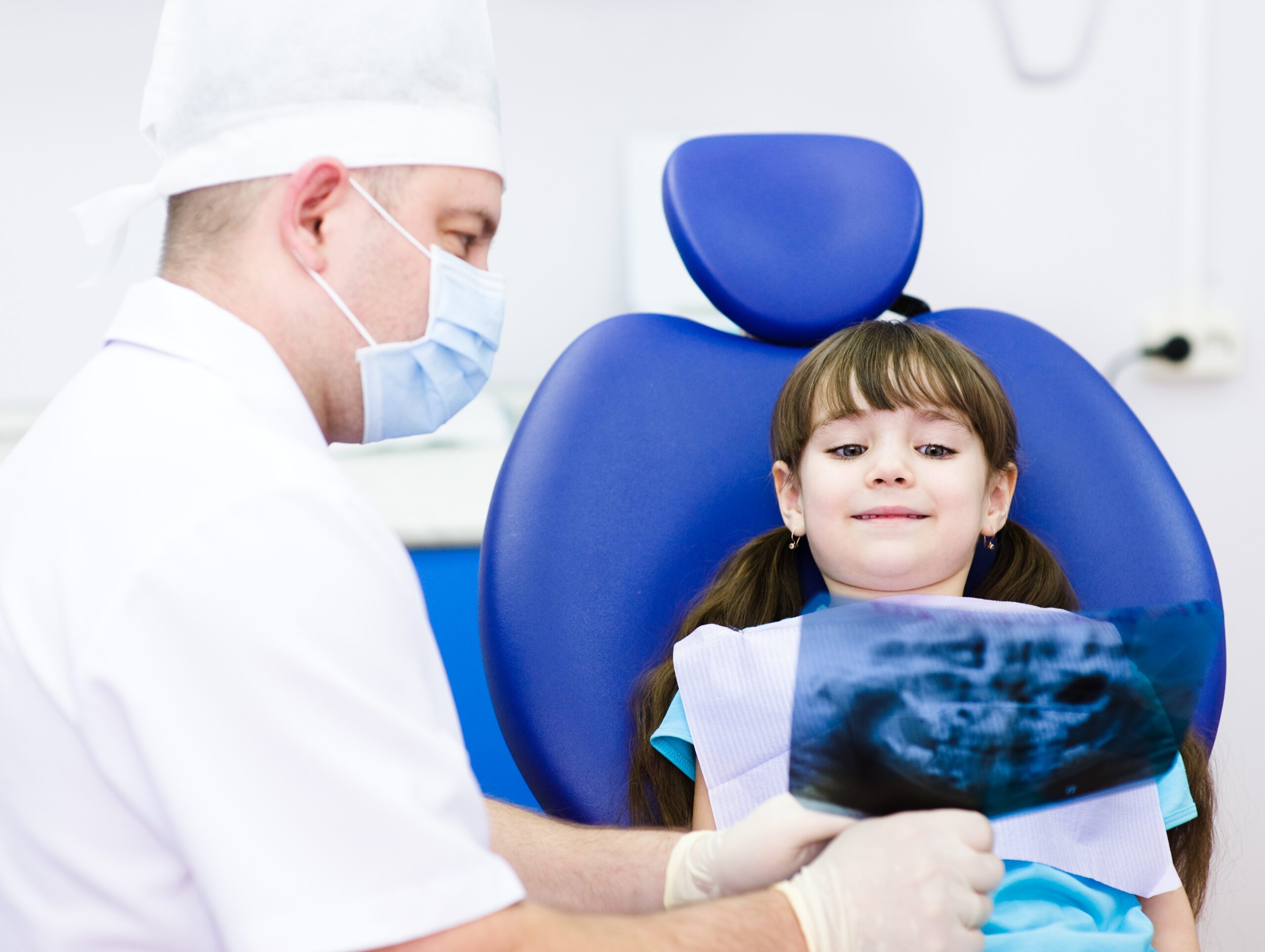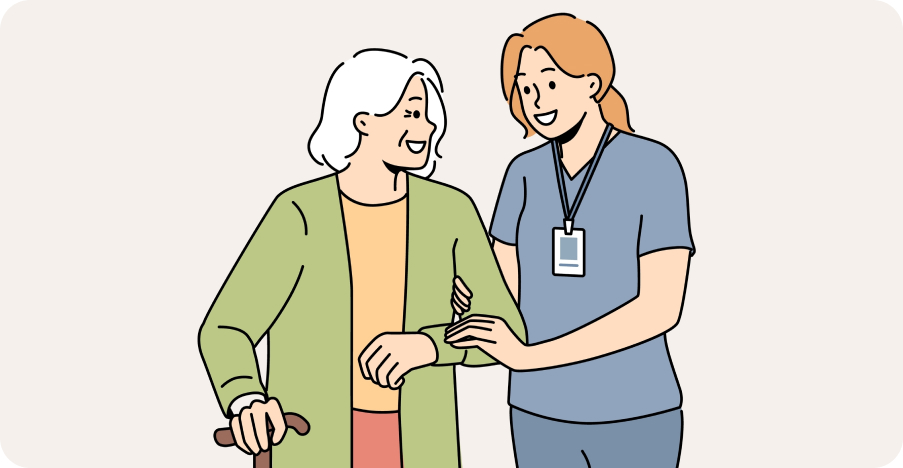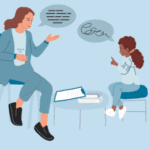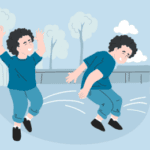
Blog
Is It Autism or Auditory Processing Disorder?
Author: DrSensory
August 17, 2025
Is It Autism or Auditory Processing Disorder?
Your child seems to miss verbal instructions, struggles to follow conversations in noisy environments, and often asks “what?” even when you know they heard you. These challenges can be puzzling and frustrating for both you and your child. When you begin to research these symptoms, you might find yourself navigating the complex and often overlapping worlds of Autism Spectrum Disorder (ASD) and Auditory Processing Disorder (APD).
On the surface, the two conditions can look remarkably similar. Both can affect a child’s ability to communicate, socialize, and succeed in a typical classroom. However, they stem from very different root causes. Autism is a broad neurodevelopmental condition affecting social communication and behavior, while APD is a specific deficit in how the brain interprets sound.
Understanding the distinction is crucial. An accurate diagnosis is the gateway to targeted therapies and strategies that can make a real difference in your child’s life. This guide will clarify what autism and APD are, highlight the key differences between them, and explain the steps to getting an accurate diagnosis so you can provide the best possible support for your child.
What Is Autism?
Autism Spectrum Disorder (ASD) is a complex developmental condition characterized by persistent challenges in two core areas: social communication and interaction, and restricted or repetitive patterns of behavior, interests, or activities. It’s called a “spectrum” because it affects each individual differently, with a wide range of strengths and challenges.
The social communication difficulties in autism are not just about language. They involve the nuanced, non-verbal aspects of interaction. An autistic individual might struggle to understand social cues like body language, facial expressions, and tone of voice. They may have difficulty initiating and maintaining conversations or understanding another person’s perspective.
The second core area involves restricted and repetitive behaviors. This can include:
- Repetitive motor movements, like hand-flapping or rocking (stimming).
- An insistence on sameness and strict routines.
- Highly focused and intense interests in specific topics.
- Sensory sensitivities, such as being over- or under-responsive to light, sound, touch, or textures.
It’s important to recognize that the auditory challenges seen in autism are often part of this broader pattern of sensory processing differences, rather than a standalone issue.
What Is Auditory Processing Disorder?
Auditory Processing Disorder (APD), sometimes called Central Auditory Processing Disorder (CAPD), is a condition where the ears and brain don’t fully coordinate. A person with APD can hear perfectly well in a technical sense—their hearing test results are usually normal. The problem is not with their ears, but with what their brain does with the sound it receives.
Think of it like a phone call with a bad connection. You can hear the other person’s voice, but the words are garbled, and you miss key parts of the message. For someone with APD, their brain struggles to:
- Filter out background noise: They have immense difficulty focusing on a single voice in a noisy room like a cafeteria or classroom.
- Discriminate between similar sounds: Words like “chair” and “share” or “seventy” and “seventeen” can be easily confused.
- Process information quickly: They may have trouble keeping up with fast-paced conversations or rapid-fire instructions.
- Remember what they heard: They might forget multi-step directions moments after they are given.
These challenges are specific to the brain’s auditory pathways and are not caused by other cognitive or developmental issues.
Key Differences Between Autism and APD
While a child with APD and an autistic child might both struggle to follow directions in a classroom, the “why” behind the struggle is different. Distinguishing between them involves looking at the broader pattern of behavior.
- Scope of Challenges: The primary difference is scope. APD is a specific deficit related only to the processing of sound. Autism is a pervasive developmental disorder that affects social understanding, communication, behavior, and sensory processing across multiple domains (touch, sight, movement, etc.), not just hearing.
- Social Motivation and Understanding: An autistic child’s communication difficulties often stem from a fundamental challenge with social intuition. They may not naturally seek social interaction or may struggle to understand the unwritten rules of conversation. A child with APD typically has normal social motivation and understanding but is frustrated by their inability to keep up with conversations due to their processing difficulties.
- Presence of Repetitive Behaviors: Restricted interests and repetitive behaviors (stimming, lining up toys, rigid routines) are a core diagnostic criterion for autism. These behaviors are not characteristic of APD. A child with APD will not exhibit these patterns unless they also have a co-occurring condition.
- Non-Verbal Communication: Autistic individuals often have significant trouble interpreting and using non-verbal cues like eye contact, gestures, and tone of voice. A child with only APD generally has no issue with non-verbal communication and may even rely on it heavily to compensate for what they miss verbally.
- The “Noisy Environment” Test: While both groups struggle in noisy places, the reason differs. For a child with APD, the issue is auditory filtering—the brain can’t separate the teacher’s voice from the background chatter. For an autistic child, the noise might be a source of painful sensory overload, causing a fight-or-flight response that makes it impossible to focus on anything.
How to Get an Accurate Diagnosis
Because of the significant overlap, a thorough and multidisciplinary evaluation is essential. It is also important to know that a child can have both autism and APD.
- Start with Your Pediatrician: Your child’s doctor can conduct an initial screening and rule out any other medical issues, including hearing loss. They can then provide referrals to the right specialists.
- Evaluation for Autism: A diagnosis of autism is typically made by a developmental pediatrician, child psychologist, or neuropsychologist. The evaluation process involves direct observation of your child, standardized tests (like the ADOS-2), and detailed interviews with you about your child’s developmental history and behaviors.
- Evaluation for APD: An APD diagnosis must be made by an audiologist. Children usually need to be at least 7 years old for the testing to be reliable. The evaluation takes place in a sound-treated booth and involves a series of tests where the child listens to different signals and responds. These tests are designed to challenge the auditory system in various ways, such as listening with background noise or hearing distorted speech.
- The Multidisciplinary Team: The best approach often involves a team that may also include a speech-language pathologist (SLP) and an occupational therapist (OT). An SLP can assess language skills, while an OT can evaluate for broader sensory processing issues. Collaboration between these professionals can provide a complete picture of your child’s strengths and challenges.
Navigating this process takes time and patience, but clarity is the key to effective support. Understanding the true nature of your child’s struggles allows you to connect them with therapies and accommodations that address the root cause, paving the way for greater confidence and success.

Frequently Asked Questions (FAQs)
❓Can a child have both Autism and APD?
Yes, it is possible and not uncommon for a child to have both conditions. An autistic child’s brain may have widespread processing differences that include the auditory system. In these cases, it’s crucial to have a dual diagnosis so that interventions can target both the social-communication needs of autism and the specific listening challenges of APD.
❓What is the main treatment for APD?
Treatment for APD is managed by audiologists and speech-language pathologists. It often includes three components: environmental modifications (like preferential seating in a classroom), compensatory strategies (like teaching active listening skills), and direct therapy (like auditory training exercises or using remote microphone systems).
❓Why do I need an audiologist for an APD diagnosis?
An audiologist is the only professional qualified to diagnose APD. They must first perform a standard hearing test to rule out hearing loss. Only then can they administer the specialized battery of tests that assess how the central nervous system processes sound.
❓My child’s hearing test was normal. Could they still have APD?
Yes. A normal hearing test is actually a prerequisite for an APD diagnosis. A standard hearing test checks the health of the outer, middle, and inner ear. It confirms that sound is reaching the brain properly. APD testing looks at what happens after the sound reaches the brain.
❓How can I support my child at home if I suspect one of these conditions?
Regardless of the diagnosis, creating a supportive environment helps. For auditory challenges, reduce background noise during conversations, gain your child’s attention before speaking, use simple language, and break down multi-step directions. For suspected autism, focus on predictable routines and provide calming sensory tools to help with regulation.
related blogs
Your child is constantly moving, crashing into furniture, or having meltdowns in response to seemingly minor things like a loud
Your toddler refuses to wear certain clothes, has huge meltdowns in noisy places, or is an extremely picky eater, limited
On the surface, autism and Ehlers-Danlos syndrome (EDS) might seem like two entirely unrelated conditions. One is a neurodevelopmental condition
The intense head pain begins, lights feel blindingly bright, and every sound seems amplified to an unbearable level. You retreat
You watch your child struggle with things that seem to come so easily to other kids. Maybe they have meltdowns



